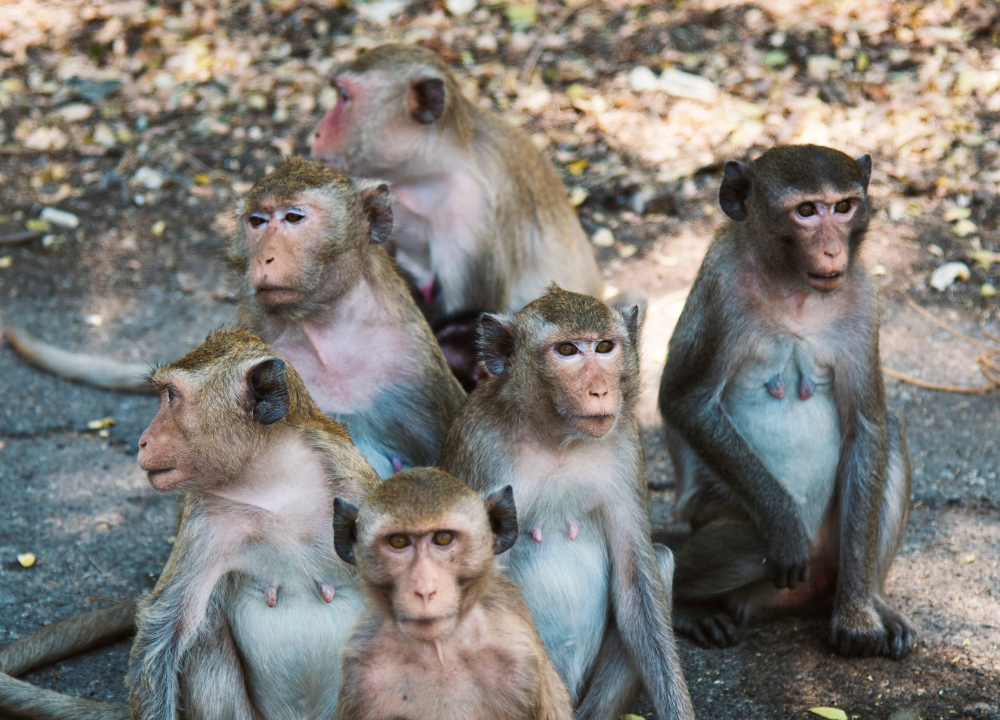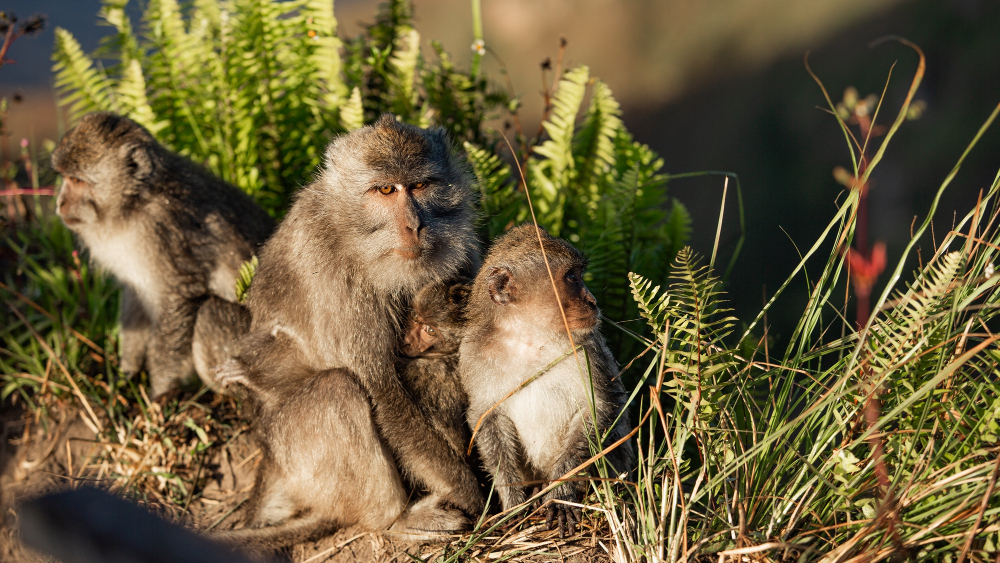Incredible amazing facts about monkey you should know

See some amazing facts about monkey you should know. Primate species known as monkeys are typically found in tropical jungles. Did you know these fascinating details? While the majority of apes live in trees, some, like monkeys and baboons, live on land.
In Mexico and South and Central America, New World monkeys such as spider monkeys, tamarins, and capuchins are present, while Old World monkeys such as baboons, gelada, and colobus are found in Asia and Africa.
Numerous monkey species are threatened with extinction. These intelligent primates are found in approximately 200 species.
Not Every Primate Is A Monkey
While the name “monkey” is occasionally used to refer to all animals in the primate family, the truth is that monkeys are completely distinct from both apes (i.e., chimps, gorillas, and humans) and prosimians.
The tail is a significant distinction between monkeys and other primates: most monkeys have tails, but apes and other primates do not. Apes are generally often larger than monkeys and more intellectual, owing to their larger brains.
Numerous Monkeys Are Threatened

Several of the most fascinating monkey species are undergoing dramatic population reductions due to a range of causes particular to their habitat. The most significant danger causes are habitat loss and fragmentation, live capture for the worldwide pet trade, and bushmeat and traditional medicine hunting.
Numerous monkey species worldwide are endangered. Several are listed on the International Union for the Conservation of Nature’s (IUCN) list of the world’s 25 most endangered primates.
The roloway monkey, the Niger Delta red colobus, and the Cat Ba langur are among the Old World monkeys that are highly endangered; only 50 individuals of the latter exist.
They Make Relationships Stronger Through Grooming
Picking bugs, dirt, and other debris off their partners is not a judgment of their personal cleanliness; rather, it is a sign of respect and love. Not only do grooming routines keep monkeys healthy, they also help to reinforce their social relationships.
Another advantage of grooming was revealed by researchers.
When vervet monkeys comb one other’s pelts, the fur becomes fluffier and thicker. After complete grooming, the vervet monkey’s pelt’s insulating value increases by up to 50%.
Only Monkeys from the New World Have Prehensile Tails
Only New World monkeys belonging to the Atelidae family, such as howler and spider monkeys, as well as capuchins belonging to the Cebidae family, have prehensile tails. The tropical regions of Mexico, Central America, and South America are home to these arboreal primates.
Monkeys from the Old World, which are found in Asia and Africa, have tails but are not prehensile.
Spider monkeys and howler monkeys outgrow capuchins in terms of length and gripping abilities. Spider monkeys have tails that extend beyond the length of their bodies. Additionally, their tails are hairless and feature friction pads for improved grip.
Pygmy Marmosets Are the Smallest Monkeys on Earth

This little New World monkey is native to South America’s Amazon Basin and grows to be around five inches long and weighs approximately four ounces as an adult.
Pygmy marmosets dwell in groups of two to six individuals, with monogamous pairs sharing parenting responsibilities. Females have one to three infants, which are commonly fraternal twins.
Although the pygmy marmoset is the tiniest monkey, the Madame Berthe’s mouse lemur is the smallest living primate.
The World’s Largest Monkeys Are Mandrills
Mandrills, which inhabit tropical rainforests in central West Africa, are immediately identifiable by their vibrantly colored faces and backs amazing facts. Along with their coloration, mandrills have considerable sexual dimorphism in size, which distinguishes them from other primates.
14 While female mandrills weigh around 25 pounds on average, adult male mandrills weigh between 55 and 119 pounds on average.
Deixe um comentário